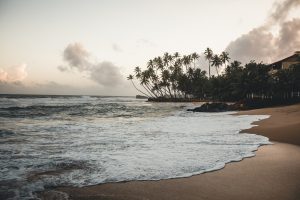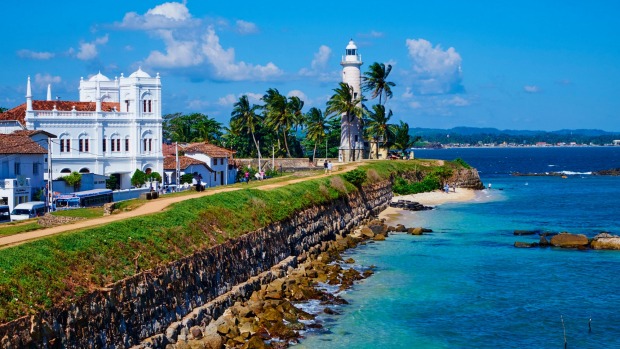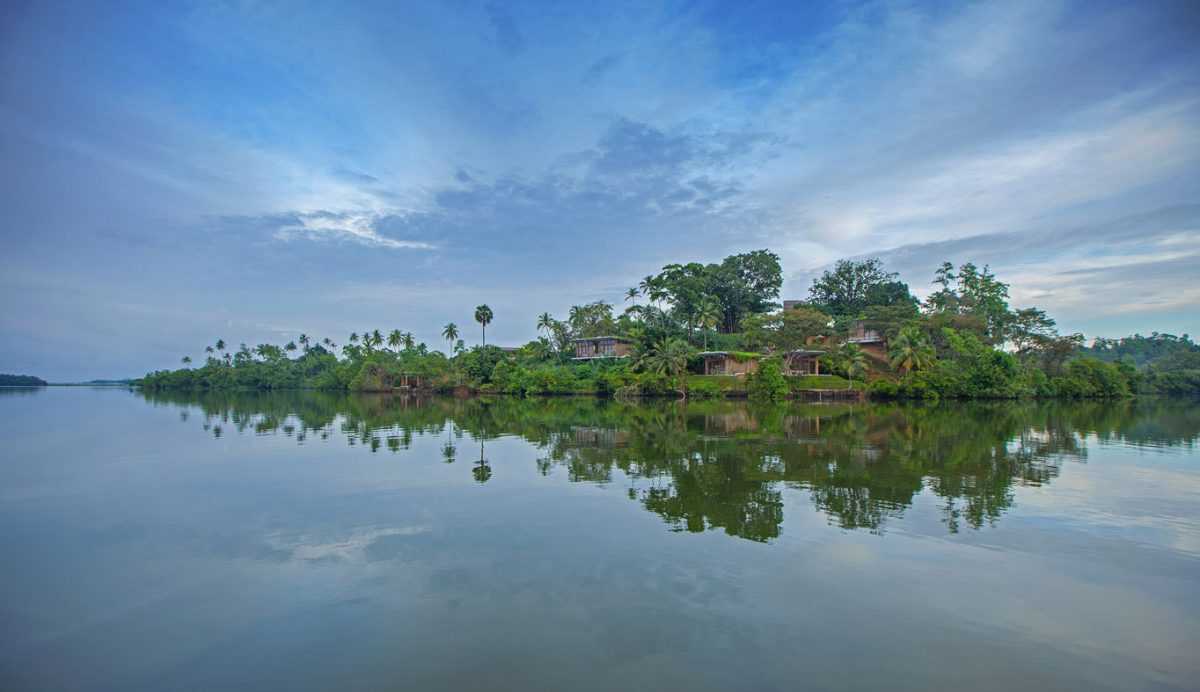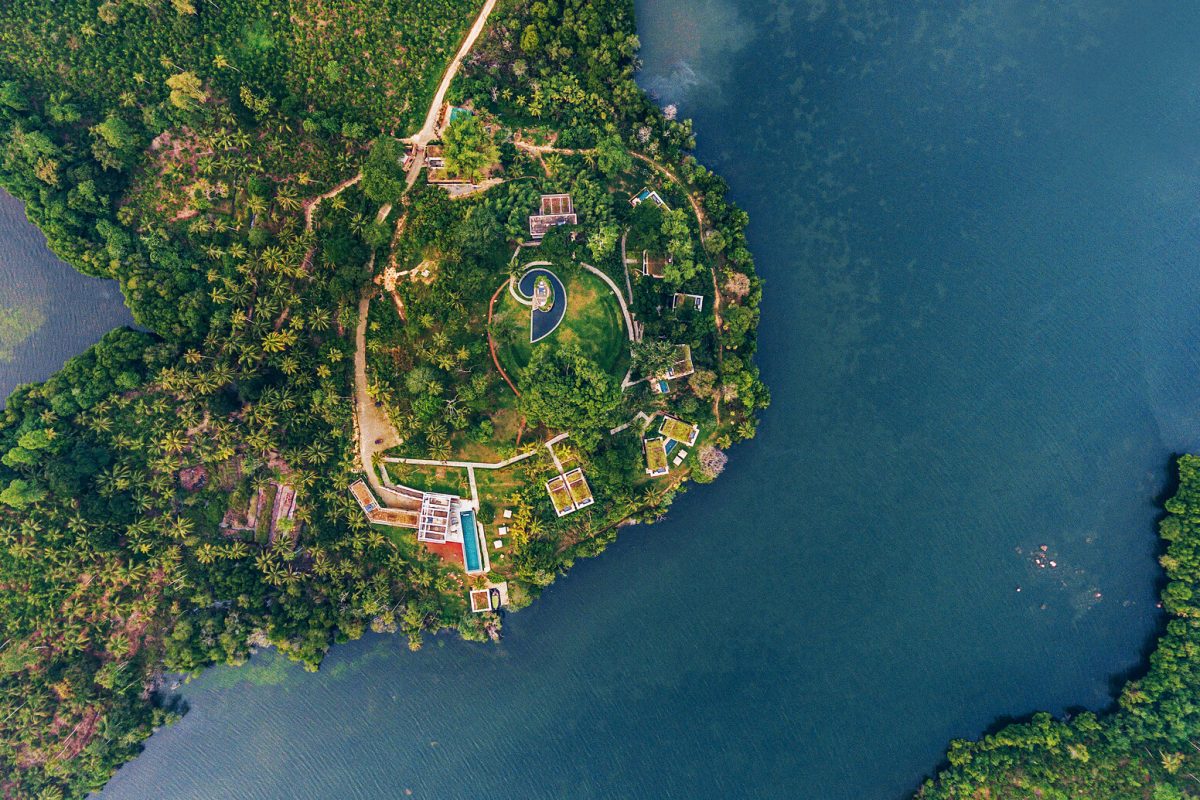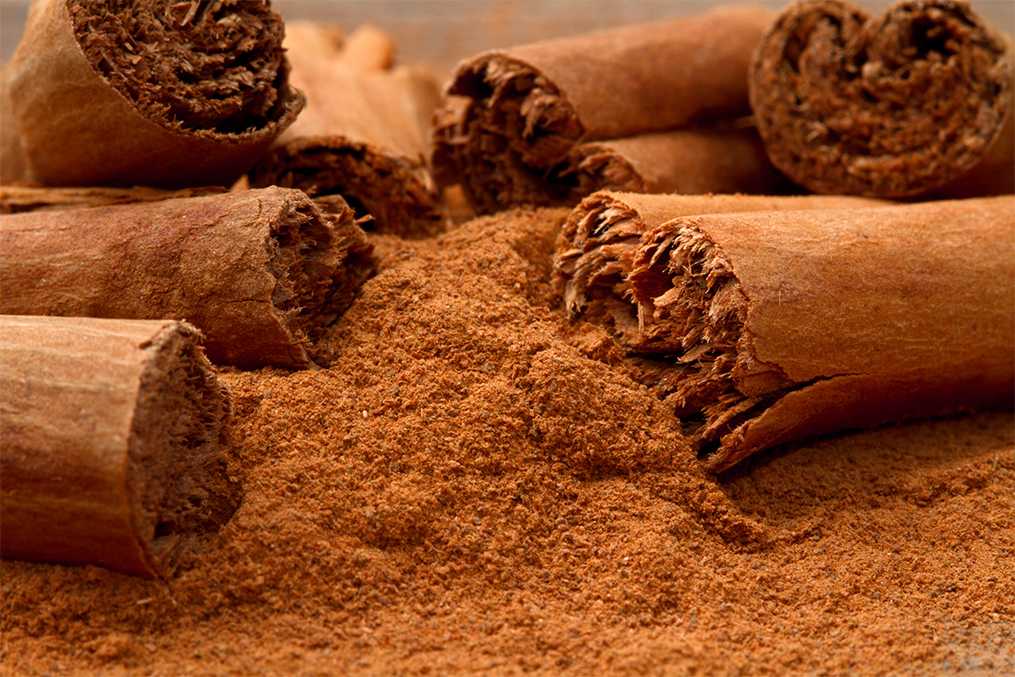Here at Tri, we’re lucky enough to call one of Sri Lanka’s most serene and verdant corners home: Koggala Lake. Whilst offering the perfect space for relaxation and contemplation, we’re also just a hop-skip-and-jump from some of the country’s most renowned cultural sites and unique experiences. To help you experience the best our corner of the world has to offer, we’ve rounded up our top five local activities…
CINNAMON ISLAND
Did you know that 90% of the world’s highest-quality cinnamon comes from Sri Lanka? Our neighbouring Cinnamon Island produces some of the country’s finest export-quality cinnamon. We encourage all guests to hop into our dhoni and glide across Koggala Lake with our charming guide, Douglas. Visit the home of a local planter, and — over a fragrant mug of fresh cinnamon tea — learn the story of cinnamon from soil to stick. Watch as the fine layer of outer bark is gently scraped off, and the inner bark is expertly cut away from the wooden limb, before being rolled into the familiar cinnamon stick we see in spice shops today. And the wooden core? You’ll spot this adorning the outer walls of Tri’s villas and iconic water tower.
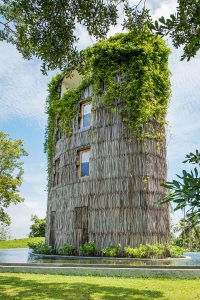
GALLE FORT
Often referred to as the cultural capital of the south thanks to its unique combination of beautifully crafted European architecture and South Asian traditions, Galle Fort is one of Sri Lanka’s not-so-hidden gems. A UNESCO World Heritage site, the seafront fort district is home to quaint paved streets, an abundance of gemstone and jewellery shops, and an array of cafes and restaurants serving up delicious local dishes. Be sure to visit Laksana for sparkling Ceylon sapphires and local favourite Poonie’s Kitchen for great salads, cakes and juices.
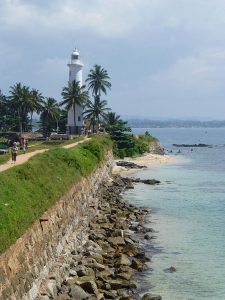
SEA TURTLE HATCHERY
There’s little more exciting than swimming the Sri Lankan waters and watching as a sea turtle paddles past, gently spraying water into the air as it dives down into the ocean depths. Sadly, these remarkable creatures are facing severe pressure on their population size due to a dangerous combination of light and sea pollution, unsustainable fishing practices and the consumption of turtle eggs. Koggala Sea Turtle Hatchery works towards the preservation of sea turtles, releasing turtles back into the ocean and educating locals around the value of safe fishing practices and the reduction of harmful pollutant use. A visit will offer an insight into the vital work they do, and you might even get the chance to release some turtles into the sea yourself.
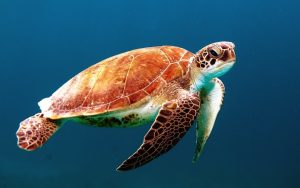
HANDUNUGODA TEA ESTATE
Alongside cinnamon, Sri Lanka is also renowned for another export: tea. Most tea plantations are situated in the soaring, mist-draped peaks of the central hill country, but the local low-country is also home to a variety of quality producers. Just a stone’s throw from Tri, Handunugoda Tea Estate specialises in the prized Virgin White Tea. Brewed from only the smallest and newest leaves, this delicate tea is an antioxidant powerhouse beloved in local medicine. The estate offers informative guided tours, explaining the journey of tea from leaf to cup. 25 varieties of tea are available in the on-site shop, meaning you can take a taste of Sri Lanka home with you.
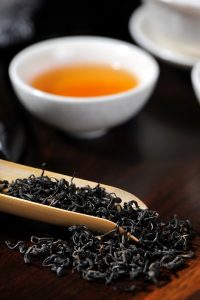
BEACHES
Just a short distance from Tri lies the spectacular south coast, where the jungle meets the sea; scattered with curving, golden sand beaches and crashing Indian Ocean waves. For active types, these beaches offer some the best surfing in the country, and our team are more than happy to arrange private lessons. For those wanting some more relaxing downtime, the tropical beaches also make the perfect spot for soaking up the sunshine and the easy-going atmosphere, toes in the sand and fresh coconut in hand.
